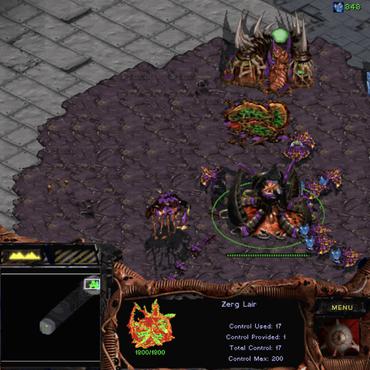SwarmBrain: Embodied agent for real-time strategy game StarCraft II via large language models
Large language models (LLMs) have recently garnered significant accomplishments in various exploratory tasks, even surpassing the performance of traditional reinforcement learning-based methods that have historically dominated the agent-based field. The purpose of this paper is to investigate the efficacy of LLMs in executing real-time strategy war tasks within the StarCraft II gaming environment. In this paper, we introduce SwarmBrain, an embodied agent leveraging LLM for real-time strategy implementation in the StarCraft II game environment. The SwarmBrain comprises two key components: 1) a Overmind Intelligence Matrix, powered by state-of-the-art LLMs, is designed to orchestrate macro-level strategies from a high-level perspective. This matrix emulates the overarching consciousness of the Zerg intelligence brain, synthesizing strategic foresight with the aim of allocating resources, directing expansion, and coordinating multi-pronged assaults. 2) a Swarm ReflexNet, which is agile counterpart to the calculated deliberation of the Overmind Intelligence Matrix. Due to the inherent latency in LLM reasoning, the Swarm ReflexNet employs a condition-response state machine framework, enabling expedited tactical responses for fundamental Zerg unit maneuvers. In the experimental setup, SwarmBrain is in control of the Zerg race in confrontation with an Computer-controlled Terran adversary. Experimental results show the capacity of SwarmBrain to conduct economic augmentation, territorial expansion, and tactical formulation, and it shows the SwarmBrain is capable of achieving victory against Computer players set at different difficulty levels.
PDF Abstract

